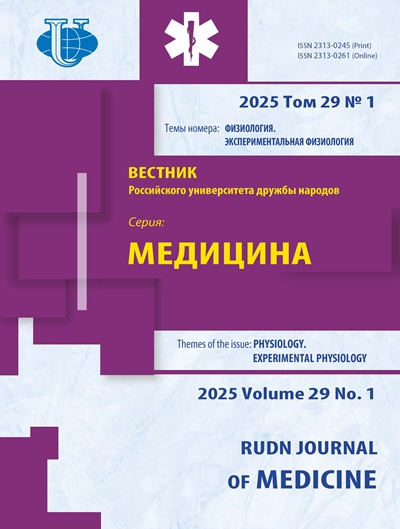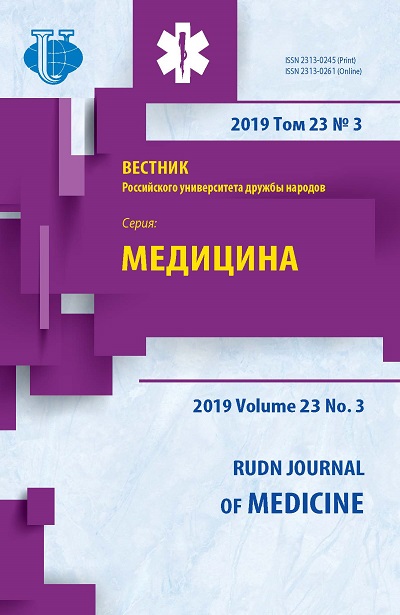Аннотация
В работе изучены морфологические особенности кожи крыс в условиях ожогового воздействия кожи без применения лекарственных средств и на фоне коррекции лекарственными средствами. Целью исследования явилось изучение морфологических особенностей кожных ран крыс в условиях термической травмы и на фоне их коррекции стимуляторами репарации тканей. Материалы и методы. Объектом исследования служили образцы поврежденной кожи нелинейных крыс-самцов (n=50), иссеченные из зоны термической травмы в межлопаточной области спины. Термический ожог кожи вызывали наложением медного предмета. Начиная c первых суток после травмы наносили аппликации стимуляторов репарации тканей ежедневно в течение всего периода эксперимента. Результаты. Термическое воздействие вело к развитию значительных дегенеративных и дистрофических изменений в коже. Восстановление ожоговой раны кожи крыс протекало по типу замедленной частичной репаративной регенерации, сопровождающейся деструктивными явлениями и формированием рубцовой ткани. Заключение. Применение стимуляторов репарации тканей (спрей «Д-пантенол», бальзам «Спасатель») в качестве средств коррекции раневых дефектов кожи способствовало замедлению деструктивных процессов в пределах эпидермиса, дермы и подкожно-жировой клетчатки, заживлению зоны повреждения (формированию грануляционной ткани и эпителизации раны), по сравнению со случаем коррекции ожоговых ран кожи аппликациями настойки календулы. Положительные результаты нашего исследования доказывают эффективность их применения в дерматологической и травматологической практике.
















